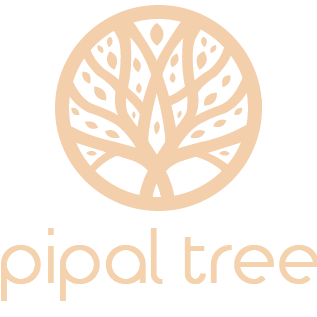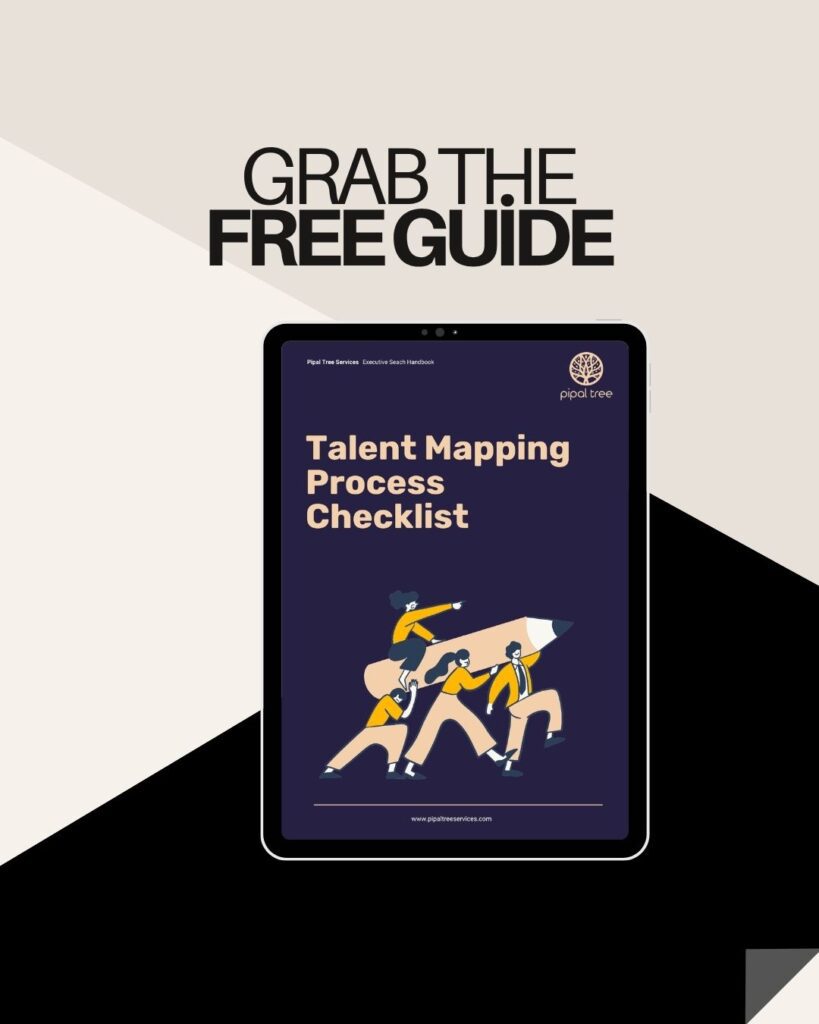Over the years, having worked both inside organizations leading talent strategy and with clients as part of executive search mandates, I’ve seen one recurring truth: great organizations don’t just hire for today, they plan for tomorrow.
While most leadership teams invest significant time in recruitment, few invest enough in talent mapping, the discipline of systematically identifying, assessing, and nurturing potential leaders long before a role becomes available.
As someone who’s spent years studying leadership pipelines across industries, I’ve come to see talent mapping not as a “nice-to-have,” but as a strategic necessity for any organization that wants to build resilience, continuity, and culture in a fast-changing world.
What Exactly Is Talent Mapping?
In the simplest sense, talent mapping is foresight in action.
It’s the process of understanding who your current and future leaders are : both inside your organization and in the broader market and more importantly tracking how they evolve over time.
Unlike traditional recruitment, which starts when a vacancy arises, talent mapping starts with intent : identifying high-potential individuals, assessing their readiness, and developing a pipeline of mission-aligned leaders who can step in when opportunity or change demands it.
In practice, a robust talent mapping framework typically includes:
- Defining the critical skills, experiences, and competencies needed for key roles.
- Evaluating internal and external talent pools to identify high-potential candidates.
- Creating targeted development and succession plans to prepare individuals for leadership.
When executed well, talent mapping becomes the foundation for succession planning, capability building, and long-term organizational resilience.
Talent mapping is a structured, strategic way of answering one of the most important questions in leadership: “Who’s next?”
Sonia Sharma, CEO Tweet
Why Every Organization Needs Talent Mapping
One of the biggest mistakes I have seen is talent mapping being considered as just another HR initiative. Talent mapping is one of the most underrated tools that shapes how organizations prepare for growth and change.
Here’s why it matters more than ever:
- It Makes Leadership Planning Proactive, Not Reactive
Most organizations start searching for leaders when someone resigns. By then, the pressure to fill the role often outweighs the rigor needed to find the right fit. Talent mapping flips this approach : it helps you prepare long before the need arises, giving you control over leadership continuity. - It Reduces Business Risk
A sudden leadership gap can disrupt operations, morale, and even investor confidence. Having a mapped talent pipeline ensures a ready-now pool of successors, minimizing disruption and business risk. - It Strengthens Engagement and Retention
When employees see that their organization invests in developing and tracking internal talent, they feel valued. This sense of visibility and progression is one of the strongest predictors of retention, especially for high performers. - It Exposes Critical Skills Gaps Early
McKinsey’s research shows that 87% of companies are aware of existing or emerging skills gaps. A structured talent mapping exercise reveals where the organization might fall short in future capabilities, allowing leaders to act before those gaps become bottlenecks. - It Builds Leadership Alignment with Purpose
At Pipal Tree, we’ve seen that technical brilliance alone doesn’t make great leaders. The real differentiator is values alignment, leaders whose purpose matches the organization’s mission. Talent mapping gives you the framework to identify and nurture exactly those individuals.
My Framework for Successful Talent Mapping
Based on years of running senior-level searches and leadership assessments, I recommend five non-negotiable steps for organizations building a talent mapping strategy:
- Define Success Profiles, Not Just Job Descriptions
Start by defining what success looks like – the behaviors, competencies, and mindset that distinguish great leaders in your context. Go beyond technical skills to include adaptability, emotional intelligence, and mission alignment. - Look Inside Before Looking Outside
Some of the best leaders are already within your organization. Conduct internal talent reviews to identify high-potential individuals who can grow into bigger roles with the right exposure and mentorship. - Map the External Market Strategically
Benchmark internal talent against external industry leaders. This gives you visibility into market standards, emerging skillsets, and competitors’ leadership structures – all essential for succession planning. - Build Relationships Before You Need Them
Talent mapping is not a cold, transactional exercise. It’s about relationship building. Stay connected with high-potential candidates : understand their aspirations, and keep the door open for the right opportunity. - Keep It Dynamic and Data-Driven
Talent maps age quickly. Review them regularly, align them with changing business needs, and use data-driven insights to forecast leadership requirements.
The Human Side of Talent Mapping
Behind every grid and competency chart is a person — with aspirations, motivations, and a story.
As an executive search professional, I’ve learned that the best talent mapping exercises blend analytics with empathy.
Data helps identify potential; empathy helps unlock it.
When leaders see that their organization cares about their growth, they don’t just stay, they commit.
Final Thoughts
In the world of leadership hiring,
reactive recruitment fills positions;
proactive talent mapping builds legacies.
Whether you’re a growing company preparing for scale or a mature organization navigating transformation, talent mapping is your blueprint for continuity, culture, and confidence.
At Pipal Tree Services, we help organizations design and execute mission-aligned talent mapping strategies that combine market intelligence, leadership insight, and structured evaluation — ensuring you always know who’s next.
If you’d like to discuss how talent mapping can strengthen your leadership pipeline, feel free to reach out to me at [email protected].
Because the best time to prepare your next leader is before you need them.

Sonia Sharma
"With over 20 years in talent leadership—including 15+ years in executive search—Sonia brings valuable dual perspective as Pipal Tree's founder. Her career spans both consultancy roles at prestigious firms (Korn/Ferry International, Accord India, Stanton Chase) and corporate leadership. Sonia specializes in executing confidential, high-stakes searches for global and Indian multinationals."



